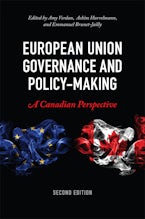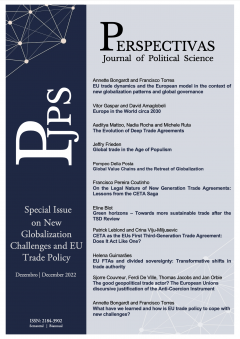The Jean Monnet Chair in EU External Relations supports Professor’s Viju-Miljusevic’s research on the EU as a foreign policy actor, the EU’s sponsored policies within the Eurasian region and the EU-China relations. The following are recent research contributions related to the theme of the Chair.
Funded by the European Union. Views and opinions expressed are however those of the author(s) only and do not necessarily reflect those of the European Union or the European Education and Culture Executive Agency (EACEA). Neither the European Union nor EACEA can be held responsible for them.
Recent Publications
Viju-Miljusevic, C. (2023) “Common Agriculture Policy” in A. Verdun, A. Hurrelmann and E. Brunet-Jailly (eds.) European Union Governance and Policy-Making. A Canadian Perspective. Toronto: University of Toronto Press (2nd Edition).
The chapter analyzes the CAP’s main objectives, instruments, and outcomes. It also examines its evolution over time. The discussion focuses on core issues related to the CAP, such as pressures for reform, reasons for resistance to change, and ongoing debates.

The Comprehensive Economic and Trade Agreement (CETA) between Canada and the European Union (EU) has been hailed as the trend-setter for third-generation trade agreements, which focus predominantly on beyond-the-border impediments to international trade (e.g., rules and regulations) than at-the-border barriers (e.g., tariffs). CETA formed the basis for subsequent EU trade agreements, which are a key element of the EU’s trade policy. It also provided inspiration for third-generation trade agreements outside the EU. The big question for trade policy, in the EU and beyond, is whether third-generation trade agreements achieve their intended objectives with respect to beyond-the-border obstacles to trade. In other words, are they effective instruments in liberalizing international trade? After all, facilitating trade through regulatory and administrative cooperation is much more difficult than eliminating or lowering tariffs on imported goods. Having been in force (provisionally) for five years, CETA offers the best case to study the effectiveness of third-generation trade agreements.



